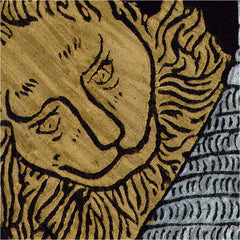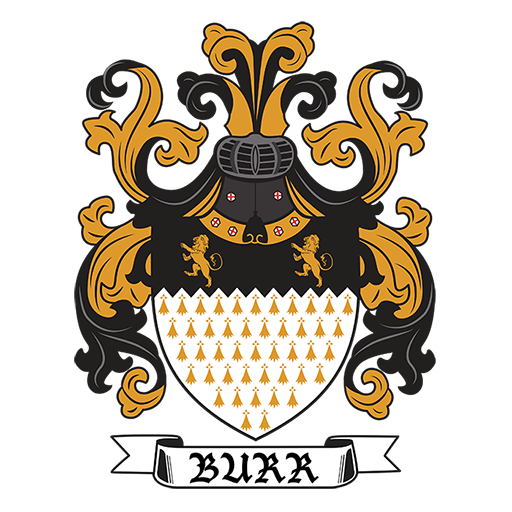What Are Brass Rubbings
Medieval churches throughout Great Brittan, Scotland, and Europe contain treasures of a range of craftsmanship for visitors to see. Engraved brass plaques are of particular interest since they were laid down inside the churches as portraits in memory of the dead.
Between the 13th and 17th centuries, it was fashionable to have one's portrait engraved as a memorial on a stone or brass slab. These memorials, especially the brass engravings, are found in English churches as well as in parts of Europe.
Memorial brasses are actually tombstones that were engraved in brass plates and laid into stone. Dating from the 12th Century, they are found in many English and a few European Cathedrals and Churches.
Brasses commemorate Royalty, Military, Clergy, Merchants, Knights, etc. The Brasses is a "living" history and enable us today to accurately depict how people lived, dressed, and fought in the Middle Ages.
Monuments fashioned out of brass were set into walls and floors of European churches between the 13th and 17th centuries to commemorate the dead. Knights, ladies, and priests are portrayed in stylized form, yet costumes are depicted with extraordinary authenticity. The brasses provide a fascinating look at the changes that occurred in clothing, armor, and religious beliefs.
The brasses that are being rubbed today are (with only a very few exceptions) exact replicas created from the originals that can still be found in the churches and chapels of England and Europe. Some of the brass copies today are also produced in miniature sizes.
Approximately 8,000 brasses have survived - a small fraction of what once existed and is now mainly concentrated in the southern and eastern counties of England, where wool and trade with the continent created the considerable wealth required to have a brass made between the 13th and 15th centuries.
Each commission is unique. Depending on its size and complexity, a commission can take up to 40 hours plus to complete. Brass rubbings are typically made using gold, silver, red and green wax. On the rare occasion, you may find one in other colors, but this is not typical. The rubbing is typically produced on black paper.
The owners of House de Burr traveled to Great Britain to personally select and commission the Brass Rubbings that we sell prints of. This allows us the opportunity to develop a relationship with the artists and pick out the unique colors, as well as the typical ones, to offer you the best product available.
These brasses are one of the country’s most fascinating historical treasures. They come from the most romantic era, “the age of chivalry,” and commemorate famous King and Queens, knights, their ladies, and other citizens of Medieval and Tudor times. In them, you can trace the development of armor, changes in fashion and society, and the course of power and wealth.
All of our rubbings come from Great Britain and are hand made by local artists. The artists that create these portraits go to great lengths to ensure that every detail of the original tombstone is captured for your enjoyment and pleasure.
Our artists provide an opportunity for you to get in touch with medieval heritage while rewarding you with decorative wall hangings.


